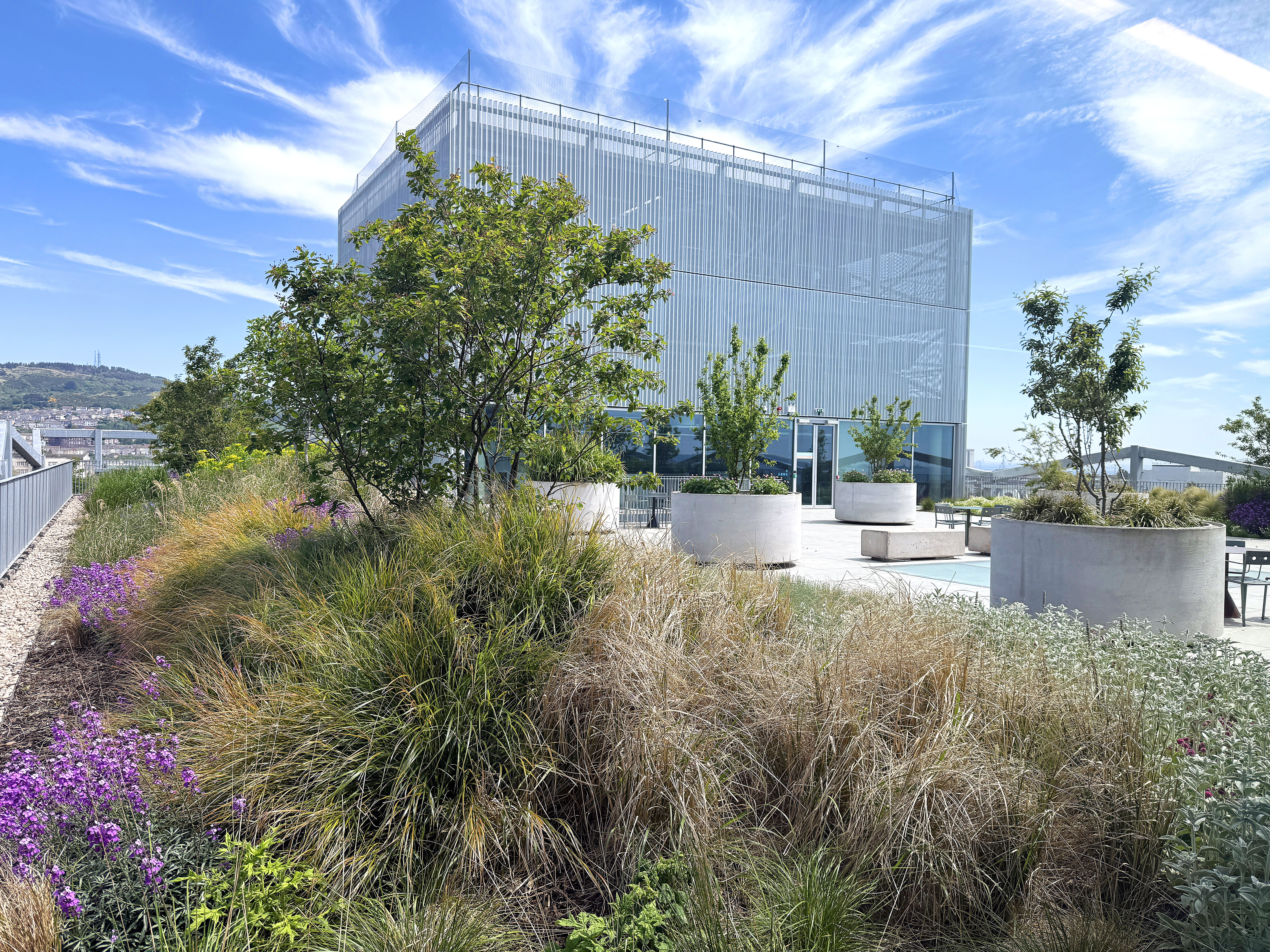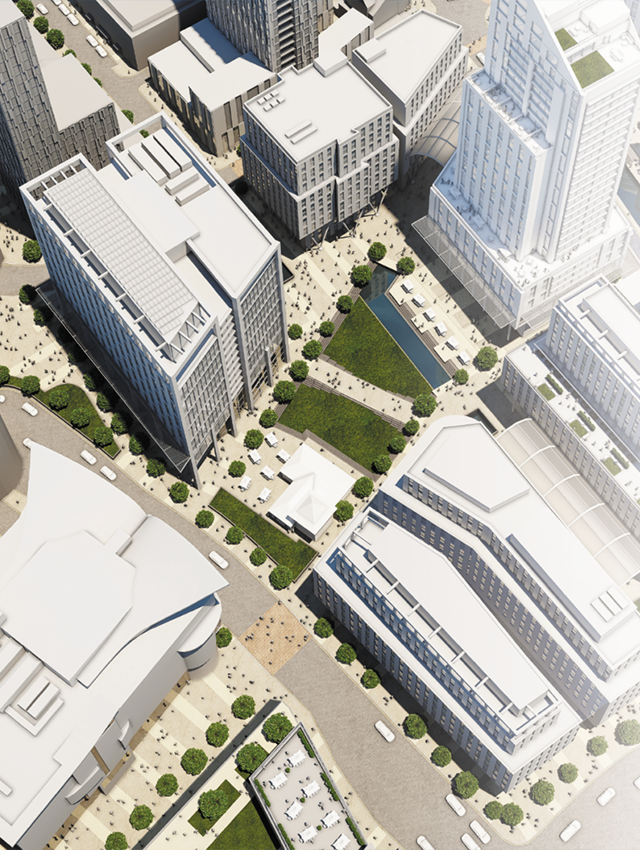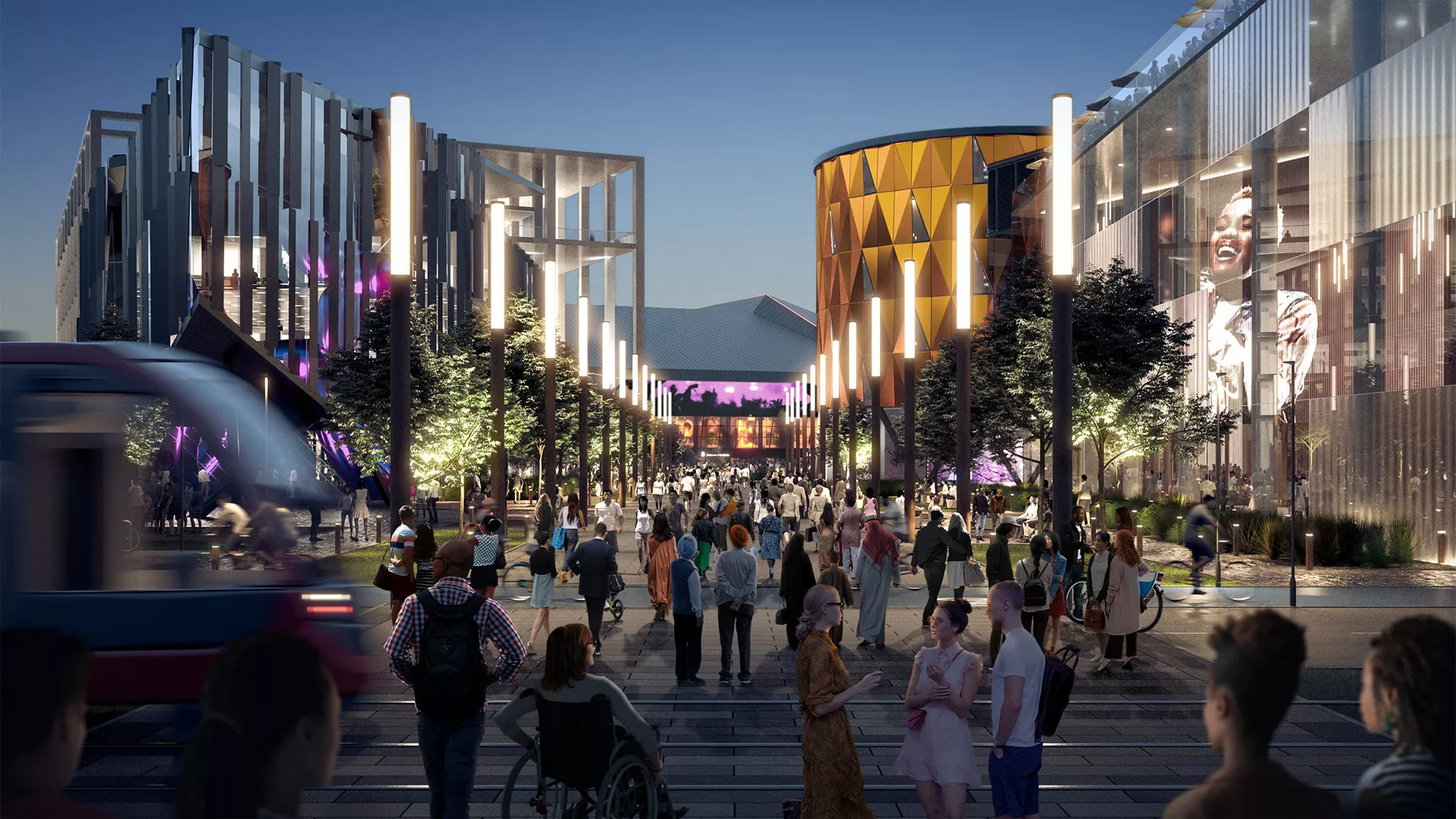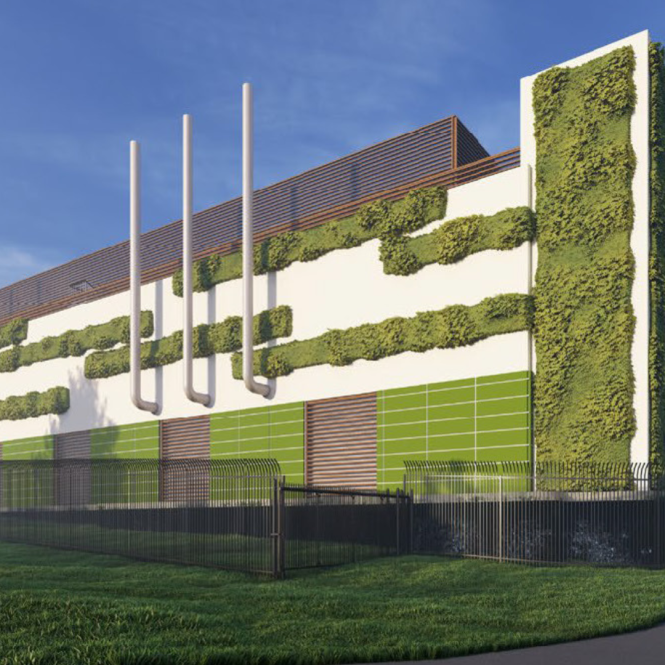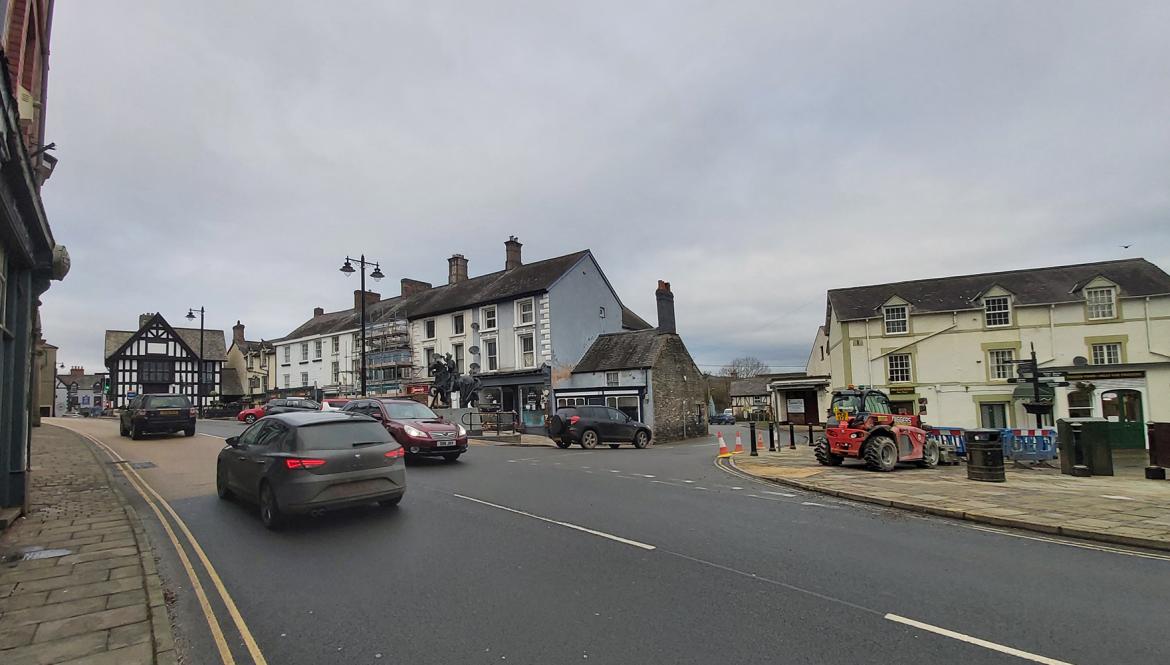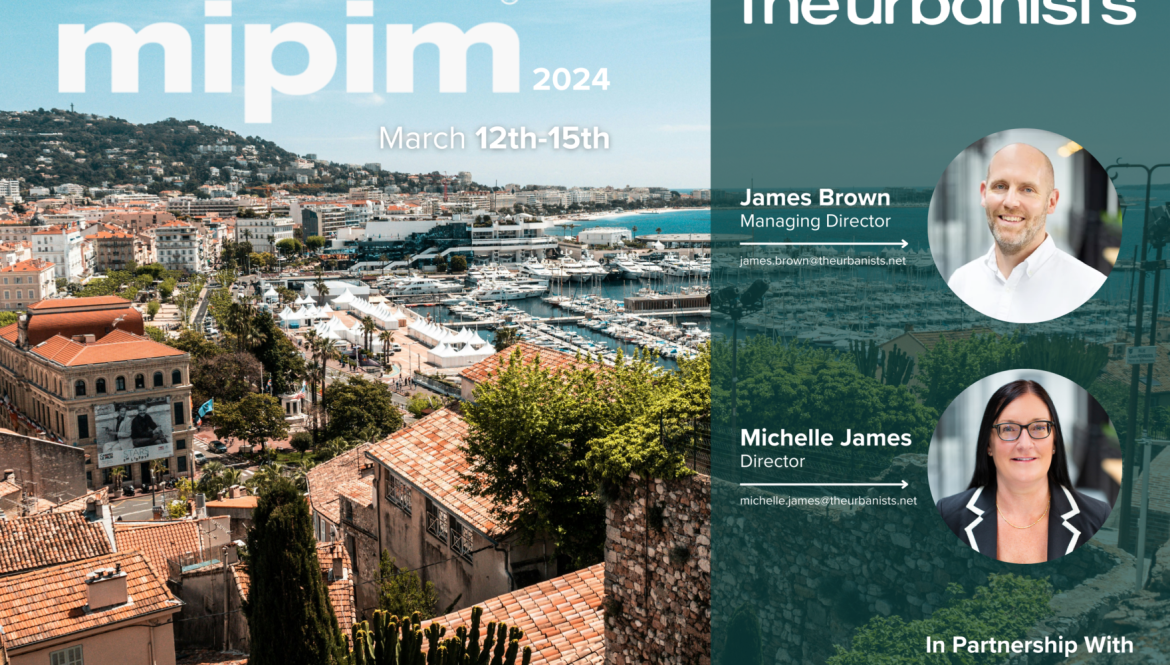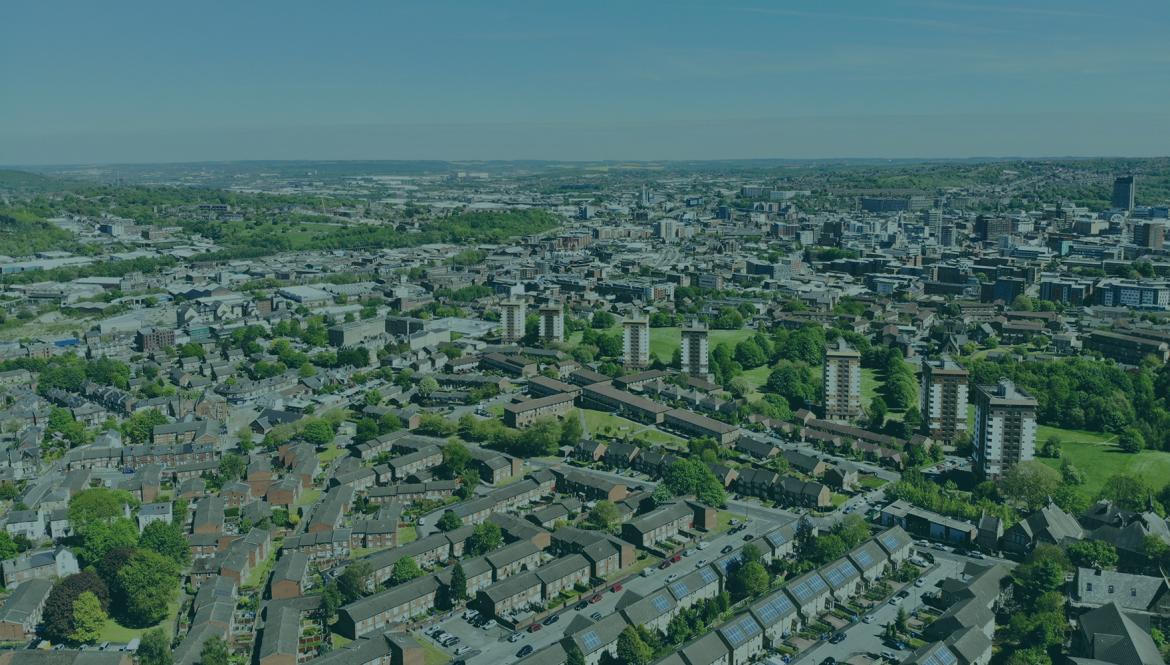Featured Project
Atlantic Wharf, Cardiff
We passionately believe that what we do matters. We are motivated by making a positive and real difference, seeing our ideas, our advice, and our efforts come to life, and to have a positive impact on people and the environment.
Image

Image

Image

Image

Image

Image

Journal
Ready to work together?
We are more than happy to discuss any project, any size, at any time.
or call 07940 770 747
